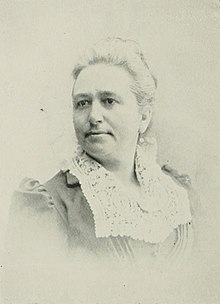
Ellen Henrietta Swallow Richards was an American industrial and safety engineer, environmental chemist, and university faculty member in the United States during the 19th century. Her pioneering work in sanitary engineering, and experimental research in domestic science, laid a foundation for the new science of home economics. She was the founder of the home economics movement characterized by the application of science to the home, and the first to apply chemistry to the study of nutrition.
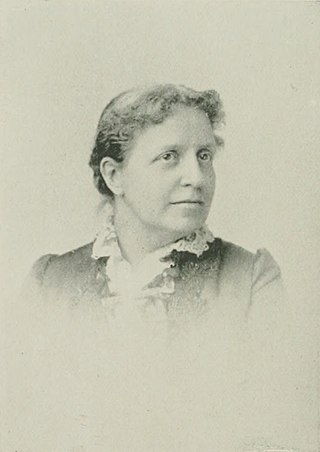
Helen Stuart Campbell was an American author, economist, and editor, as well as a social and industrial reformer. She was a pioneer in the field of home economics. Her Household Economics (1897) was an early textbook in the field of domestic science.
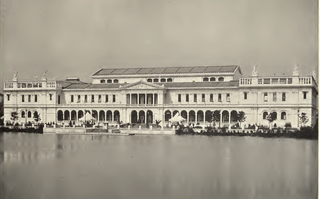
The World's Congress of Representative Women was a week-long convention for the voicing of women's concerns, held within the World's Congress Auxiliary Building in conjunction with the World's Columbian Exposition. At 81 meetings, organized by women from each of the United States, 150,000 people came to the World's Congress Auxiliary Building and listened to speeches given by almost 500 women from 27 countries.
Rose Sommerfield (1874–1952) was an American teacher, activist, and social worker. She helped to develop the first home for Jewish working girls in the United States.
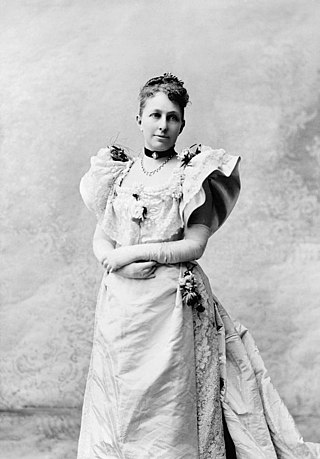
Ellen Martin Henrotin was a wealthy American society matron, labor reform activist, club leader and social reformer affiliated with social welfare and suffrage movements.

Virginia Claypool Meredith was an American farmer and livestock breeder, a writer and lecturer on the topics of agriculture and home economics, and an active clubwoman and a leader of women's organizations. Dubbed "Queen of American Agriculture" by the citizens of Mississippi in the 1890s, Meredith was also a pioneer in agricultural education. Between 1897 and 1903 she established the home economics programs at the University of Minnesota and served as the program's first professor. From 1921 to 1936 she served as the first woman appointed a Purdue University trustee. Meredith chose an unusual vocation for women of her time, successfully managing the day-to-day operations of her family's Indiana farm from 1882 until 1915. In addition to her agricultural-related work, Meredith was appointed to the Women's Board of the 1893 World's Columbian Exposition, serving as vice chair of the Women's Board and chair of its awards committee. She was also elected president of the Indiana Union of Literary Clubs, a founder of the Indiana Federation of Women's Clubs, and the first president of the Indiana Home Economics Association, founded in 1913.
Charlotte Frances Wilder was an American writer. She was one of the most widely known writers of Kansas, and the author of many religious books, including for juvenile audiences, and a contributor to church papers and magazines. Her works -included in the Bibliothèque nationale de France, Paris- were "entitled to go down to posterity, her life-work preserved as information for future generations".
Emily Huntington was an American author and home economics educator. She is credited as the originator of the phrase 'kitchen-garden' which was used by early home economics groups.
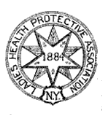
Women's Health Protective Association was a US women's organization focused on improving a city's public health and protecting the immediate neighborhood. It was founded in New York City in November 1884 as the Ladies' Health Protective Association.
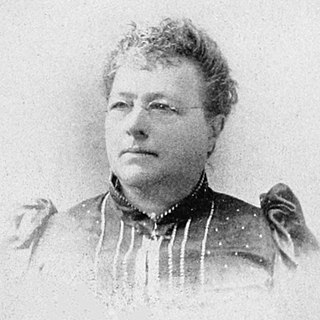
Emma Pike Ewing was an American author and educator on housekeeping and cooking. Ewing hailed from New York. After the American Civil War, she served as dean, Chautauqua Assembly Cooking School; professor domestic economy, Iowa Agricultural College; director Model School of Household Economics; and affiliated with Marietta College, Ohio, Model Home School of Household Economics. Her contemporaries included, Mary Johnson Bailey Lincoln, Marion Harland, Fannie Merritt Farmer, Sarah Tyson Rorer, Maria Parloa, Gesine Lemcke, Ella Morris Kretschmar, and Linda Hull Larned. Ewing was the author of several cookbooks such as Cooking and Castle-building (1880), Soup and Soup Making (1882), Bread and Bread Making (1883), Salad and Salad Making (1884), A Text-book of Cookery, for Use in Schools (1899), Cookery Manuals (1890), and The Art of Cookery: A Manual for Homes and Schools (1896). She died in 1917.

Association for the Advancement of Women (A.A.W.) was an American women's organization founded in 1873.

Laura Starr Ware Wilkinson was an American home economist and the first president of the National Household Economic Association, which promoted the new field of domestic economy.

Ella Eaton Kellogg was an American dietitian known for her work on home economics and vegetarian cooking. She was educated at Alfred University ; and the American School Household Economics (1909). In 1875, Kellogg visited the Battle Creek Sanitarium, became interested in the subjects of sanitation and hygiene, and a year later enrolled in the Sanitarium School of Hygiene. Later on, she joined the editorial staff of Good Health magazine, and in 1879, married Dr. John Harvey Kellogg, superintendent of the Battle Creek Sanitarium.

Jennie McCowen was an American physician, writer, and medical journal editor. She lectured on and supported woman's suffrage.
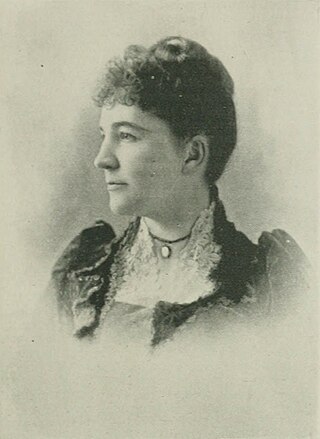
Mary Kavanaugh Eagle was an American community leader, clubwoman, book editor, and activist in Protestant missionary work. She served as president of the Woman's Central Committee on Missions since 1882, and was the first president of the Woman's Mission Union, of Arkansas. As a member of the Board of Lady Managers of the World's Columbian Commission, and as chair of the Committee on Congresses, she was selected as editor of the papers read. Eagle served as First Lady of Arkansas during her husband's two terms as the state's 16th Governor.

Fanny Purdy Palmer was an American author, poet, journalist, lecturer, social activist, and clubwoman. She began club work in 1876 and was one of the originators of the General Federation of Women's Clubs. She served as president of the Rhode Island Woman's Club, was a member of the school committee of the city of Providence, Rhode Island, and was connected with various philanthropic and social movements, including women's suffrage. A diligent reader of some of the best scientific and metaphysical works, for many years, she was a writer of stories which appeared in various weekly and monthly publications, stories which have dealt with the problems of life.

Rivington Street Settlement was an American settlement house which provided educational and social services on the Lower East Side of the Manhattan borough of New York City, New York. Under the auspices of the College Settlements Association (CSA), it focused on the mostly immigrant population of the neighborhood. Originally located at 95 Rivington Street (1889-), other locations later included 96 Rivington Street (1892-1901), 188 Ludlow Street (1902–), 84-86 First Street (1907-), and Summer Home, Mount Ivy, New York (1900-). The Rivington Street Settlement was established by college women, was controlled by college women, and had a majority of college women as residents. The Rivington Street Settlement was a kind of graduate school in economics and sociology, with practical lessons in a tenement–house district - a kind of sociological laboratory.

Goodrich Social Settlement was the second settlement house in Cleveland, Ohio, after Hiram House. It organized on December 9, 1896, incorporated May 15, 1897, and opened May 20, 1897 at Bond St. and St. Clair Ave. It was established by Flora Stone Mather as an outgrowth of a boys' club and women's guild conducted by the First Presbyterian Church. Its aims were “to provide a center for such activities as are commonly associated with Christian social settlement work". It was maintained by an endowment. The Goodrich House Farm, in Euclid Point, Ohio, was part of the settlement.
International Kindergarten Union (I.K.U.) was an American organization established at Saratoga Springs, New York, in 1892, in the interests of concerted action among the supporters of the kindergarten cause. in 1924, the organization was reorganized as Childhood Education International.

Mary E. Green (1841–1910) was an American physician, the first woman admitted to membership in the New York Medical Association. Green served as President of the American Household Economic Association.

